Our moon is Earth's only natural satellite. It orbits around the Earth and is an essential part of our planet's cosmic environment. The moon is approximately 1/6th the size of Earth and has a gravitational force that is about 1/6th as strong as Earth's gravity.
Some key characteristics of the moon include:
*Phases: The moon goes through a series of phases as it orbits the Earth. These phases, such as new moon, first quarter, full moon, and last quarter, result from the changing angles at which the sun's light illuminates the moon's surface as viewed from Earth.
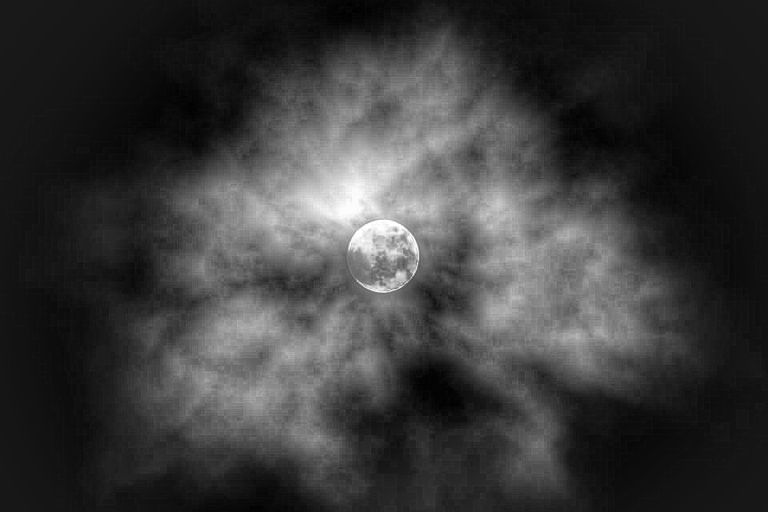
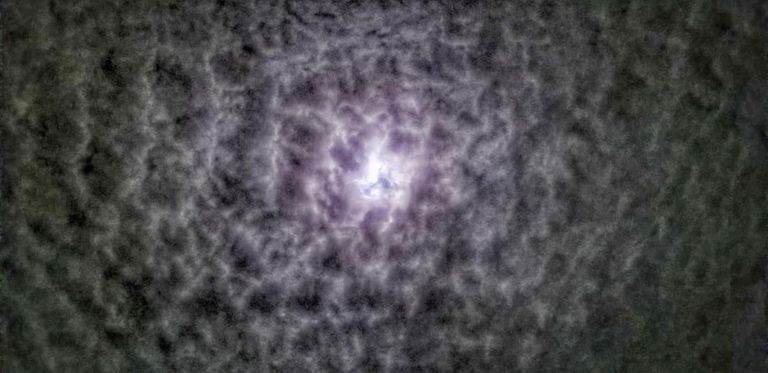
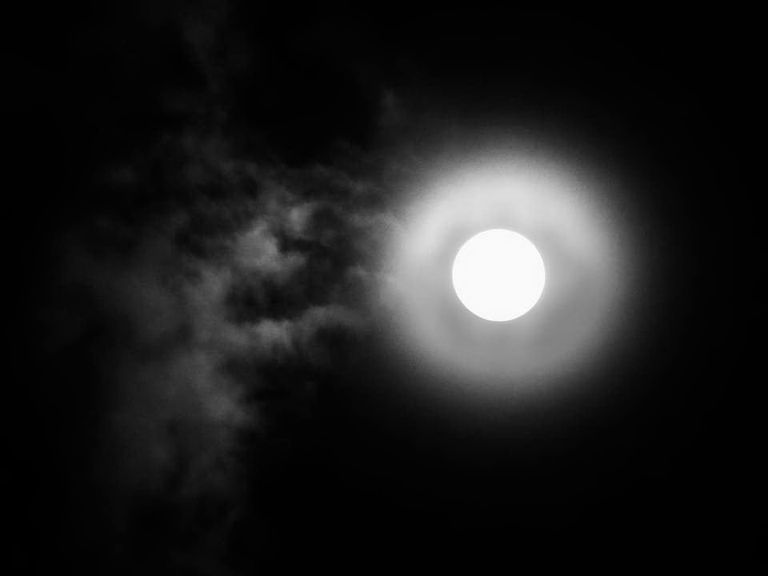
*Lunar Surface: The moon's surface is covered with various features, including impact craters, mountains, valleys, and large, flat areas called maria. These features were formed by meteorite impacts and volcanic activity in the moon's early history.
*Lunar Cycles: The moon's orbit around the Earth takes about 27.3 days, which is known as its sidereal month. However, due to the Earth's own motion around the sun, it takes about 29.5 days for the moon to go through a complete cycle of phases. This period is called the synodic month or lunar month.
*Tidal Effects: The moon's gravitational pull is responsible for the tides on Earth's oceans. The gravitational force causes the water to bulge in the direction of the moon, creating high tides. The side of the Earth opposite the moon also experiences a high tide due to the centrifugal force caused by the Earth-moon system's rotation.
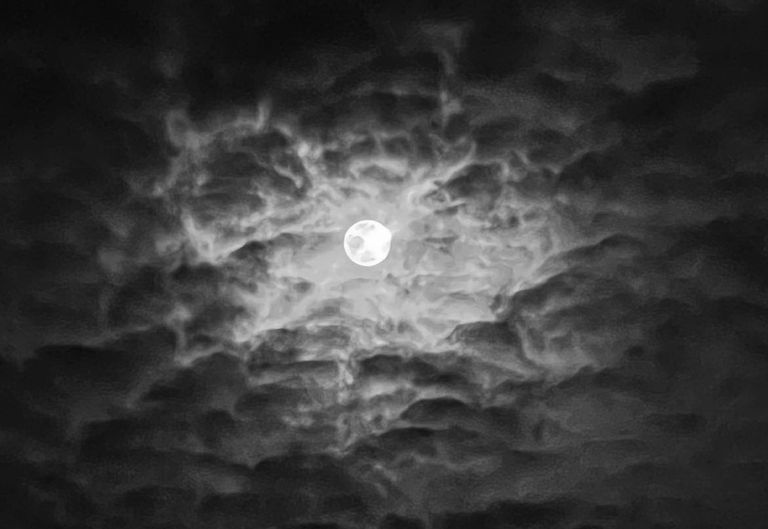
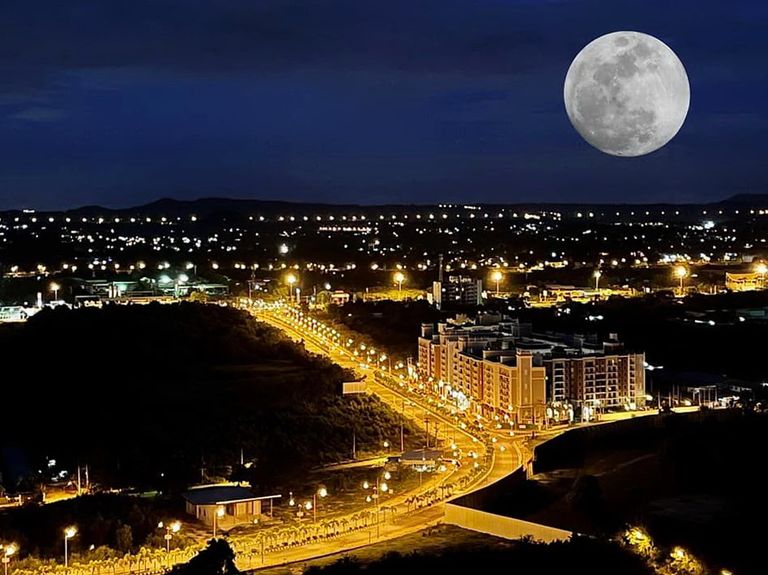

*Space Exploration: The moon has been the target of various space missions, including the Apollo program, which landed astronauts on the lunar surface. The first successful manned moon landing was Apollo 11 in 1969, when Neil Armstrong and Edwin "Buzz" Aldrin became the first humans to set foot on the moon.
*Moon's Origin: There are several theories about the moon's origin, with the most widely accepted one being the "giant impact hypothesis." This theory suggests that the moon was formed from debris created by a collision between a Mars-sized object and the early Earth, billions of years ago.
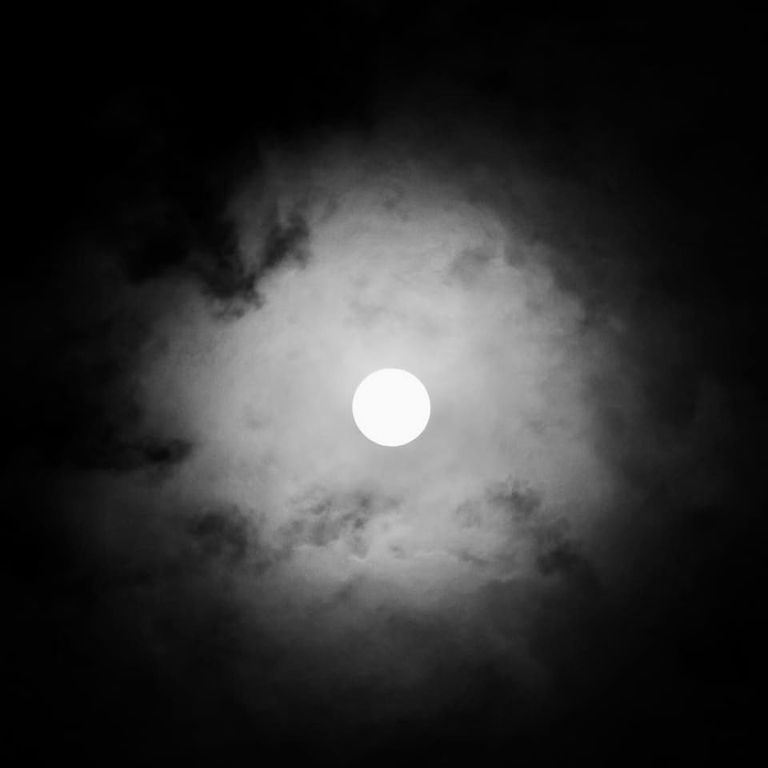

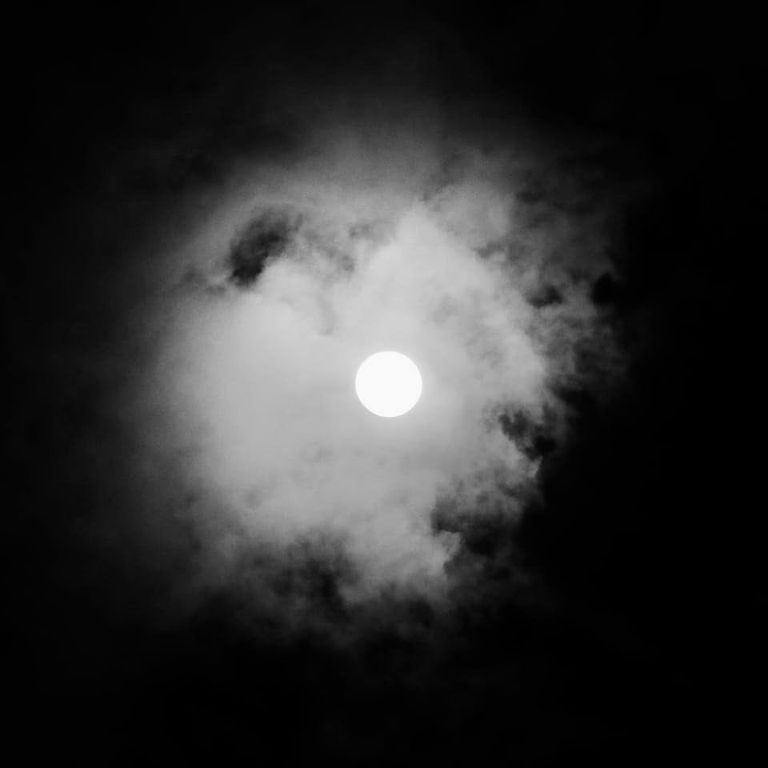
*Future Exploration: There is ongoing interest in returning to the moon for further exploration and potential establishment of human habitats. Various space agencies and private companies are planning missions to study the moon's resources, geology, and potential for supporting future space exploration endeavors.
In summary, the moon is a celestial body that has fascinated humanity for centuries. Its influence on Earth's tides, its unique surface features, and its role in space exploration make it an essential component of our cosmic neighborhood.

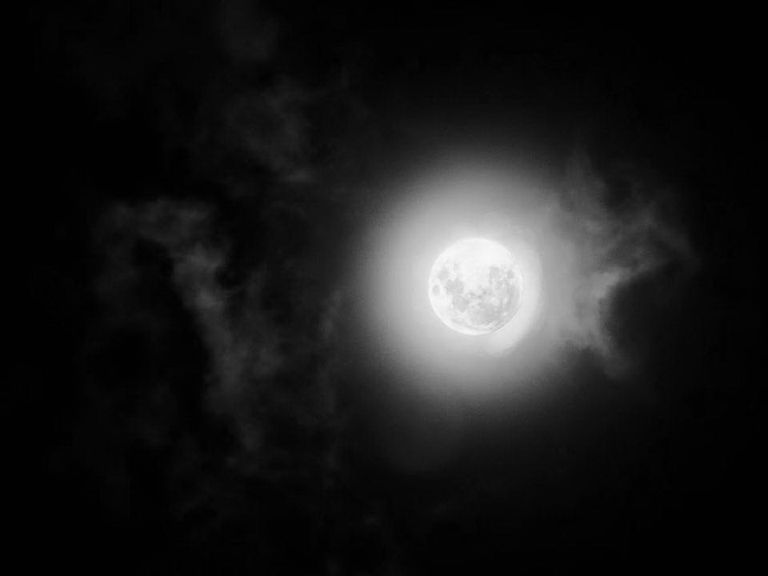
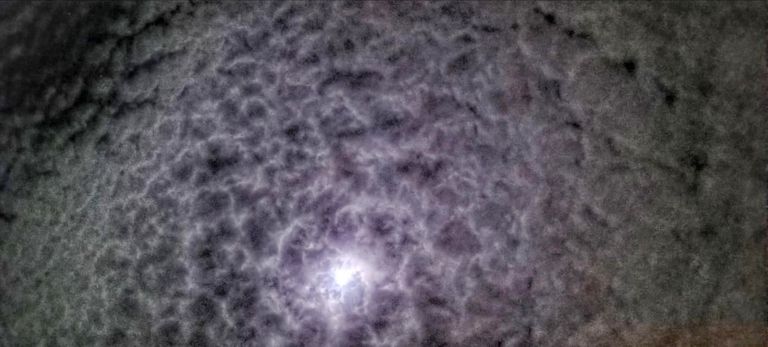


Beautiful images of the moon, our planet surprises us with its mysteries.
Congratulations! 🏆
You have recieved a coconutty upvote! 🥥
Thank you for contributing to the Blurt Blockchain!
Keep up the great work!
Curated by @outofthematrix!
A little reminder: I am a top 20 Blurt witness, sooo please help me stay there!
Please consider taking a moment to vote for my witness, if you haven't already done so!
You can do this by logging into your wallet with your active key! 🗳️
It only takes a few seconds and doesn't cost a cent!
https://blurtwallet.com/~witnesses?highlight=outofthematrix